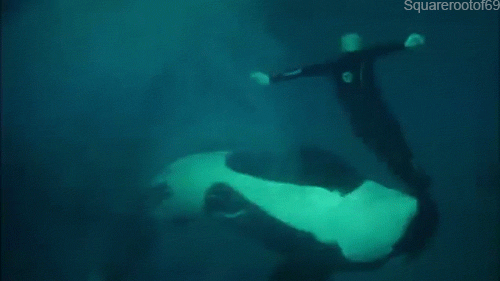
Blackfish wins the SeaWorld battle as the parks’ profits plummet
Back in 2012, SeaWorld was a thriving theme park company with annual revenue totalling hundreds of millions. Now, three years on, it is struggling to stay afloat as attendance plummets and profits drop by 84% in a three-month period.
The main reason? A controversial 2013 documentary called Blackfish, which outed SeaWorld for cruel treatment of its orca whales. Blackfish alleged that the sustained bad practices contributed to the death of three people.

Accusations of bad treatment include claims that a number of calf whales were separated from their mother and sent to other parks while still dependent, that the whales were deprived of food to ensure they performed tricks on cue, and that they were drugged to keep them stable when angry or anxious in captivity.
In one particular incident, an experienced female trainer at SeaWorld Orlando, Dawn Brancheau, was killed by killer whale Tilikum after a show in the park's famous Shamu Stadium. On another occasion trainer Ken Peters was almost killed by dominant female orca Kasatka when she repeatedly dragged him down to the bottom of the pool during a show by holding his foot in her mouth.

Luckily he survived, and his testimony featured in the 2013 documentary.
The company has three parks in the US – one in Orlando, Florida, one in San Diego, California and one in San Antonio, Texas.

As well as the drop in attendance, SeaWorld's operational costs have soared in recent years following a huge PR and damage control campaign. Sea World CEO Joel Manby blamed the drop in profits on bad weather conditions and what he called "continued brand challenges."
Speaking about the company's "reputational" campaign, he said, "We recognise that fully resolving our brand challenges in California will require sustained focus and commitment to correct misinformation."









